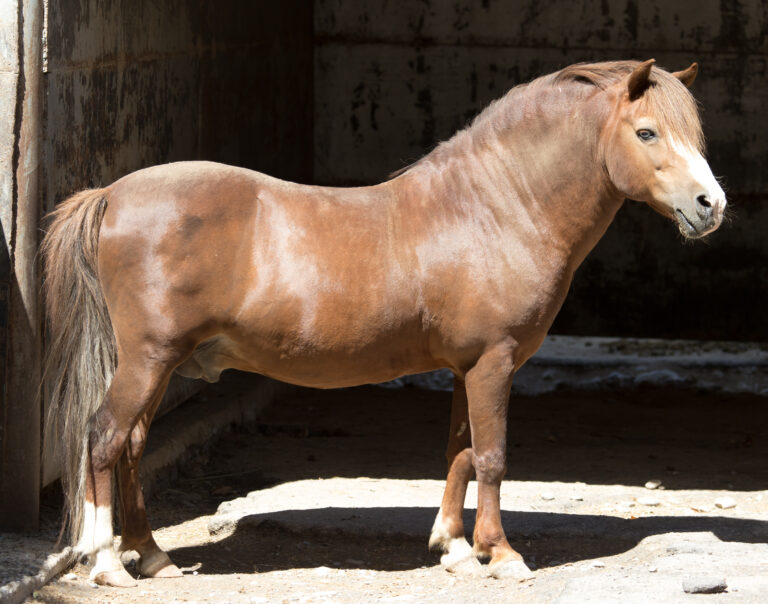
Aminoglycosides are associated with auditory loss in humans, cats and dogs, yet a similar effect has not been looked into in horses until now. A prospective study at the University of California, Davis, evaluated the potential for auditory loss related to gentamicin treatment [Aleman, M.R.; Tru, A.; Scalco, R.; et al. Gentamicin-induced sensorineural auditory loss in healthy adult horses. Journal of Veterinary internal Medicine July 2021; DOI: 10.1111/jvim.16221].
Ten horses aged 7–15 years were dosed intravenously with gentamicin sulfate (at the approved dosage of 6.6mg/kg) for seven days. Brainstem auditory evoked responses (BAER) were measured under sedation before the first dose, immediately following the last dose on Day 7, and then 30 days after the last dose. BAER evaluates “the integrity of the auditory pathway from its peripheral to central parts.”
Human documentation has demonstrated sensorineural auditory loss from hair cell dysfunction and degeneration due to aminoglycoside ototoxicity—in humans this appears to be dependent on dose and duration of treatment.
Neurological examination of the study horses at those three time points revealed no abnormalities in behavior, mentation, cranial nerves including auditory, or locomotion associated with vestibular disease. Serum biochemistry panels also revealed no abnormalities in kidney function or electrolytes.
Abnormalities in BAER on Day 7 were identified in six horses that developed auditory loss during the time period of gentamicin treatment. One additional horse was found with complete bilateral auditory loss days after treatment was discontinued but not identified until 30 days post-gentamicin treatment. Seven of the 10 horses developed some degree of auditory dysfunction:
- Complete unilateral in 2
- Partial unilateral in 4
- Complete bilateral in 1
At 30 days after the last dose, four of the seven horses experienced reversible auditory dysfunction, likely due to malfunction of ear hair cells rather than degeneration. Gentamicin peak concentrations did not correlate with auditory loss or functional recovery.
Based on this study, it is concluded that sensorineural auditory loss is a potential risk with gentamicin treatment in horses. More studies need to be conducted with larger study sizes to include older and younger horses and different breeds at different doses, intervals and duration, and with longer follow-up of auditory function.

![[Aggregator] Downloaded image for imported item #18375](https://s3.amazonaws.com/wp-s3-equimanagement.com/wp-content/uploads/2025/09/30140031/EDCC-Unbranded-26-scaled-1-768x512.jpeg)


